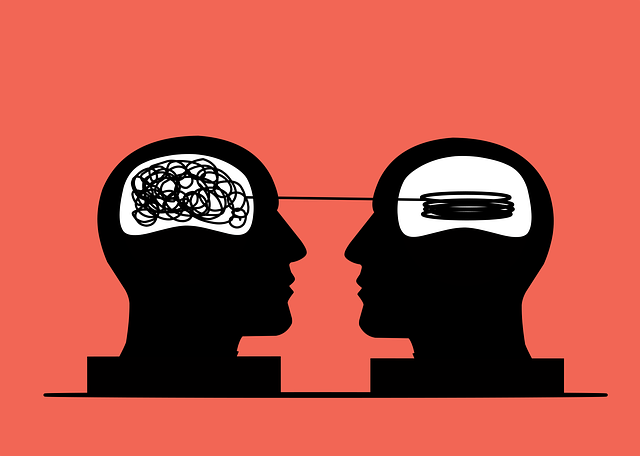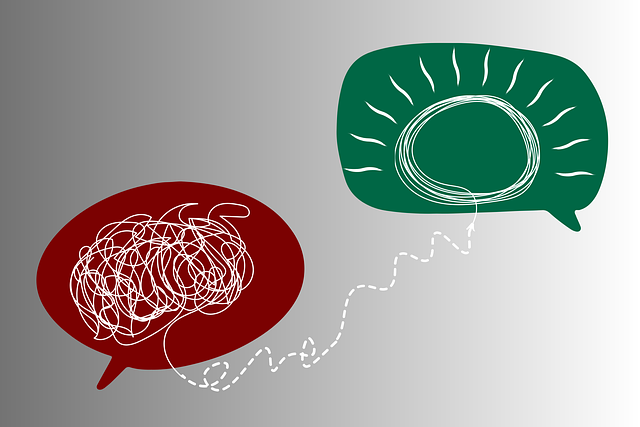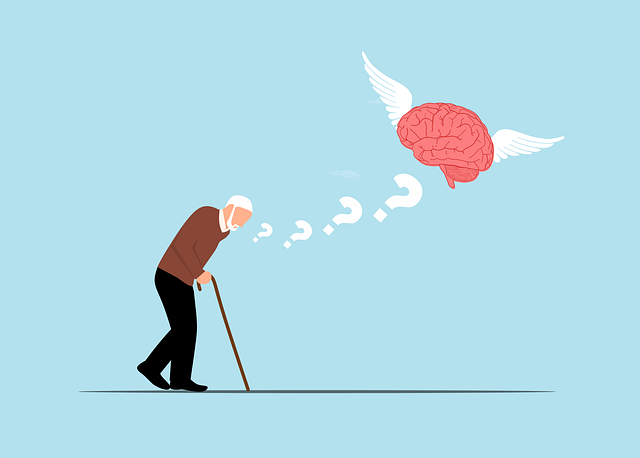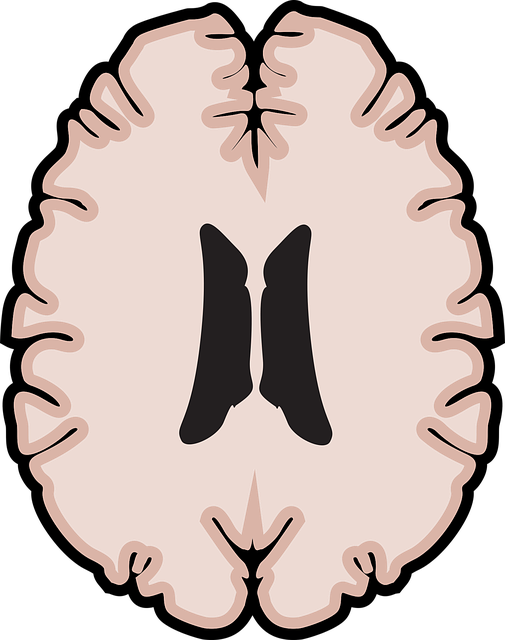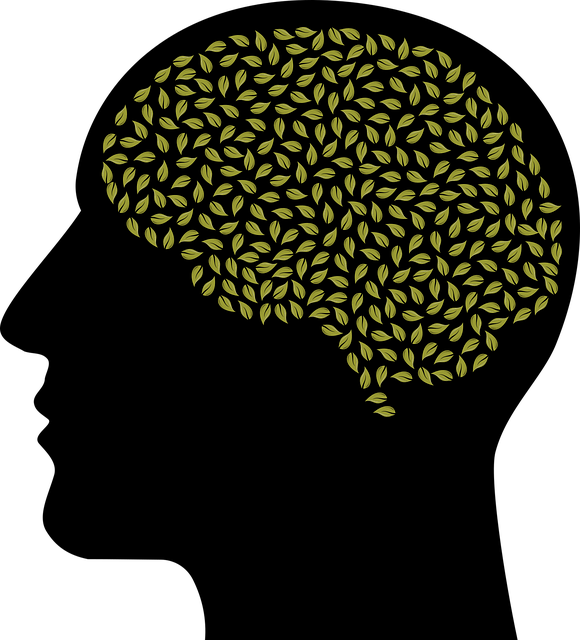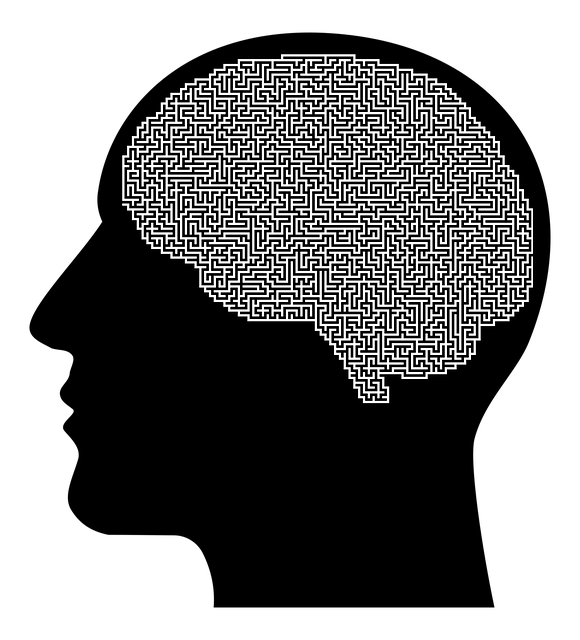Crisis Intervention Teams (CITs), specialized for adolescents (Golden Adolescent and Teen Therapy, GATT), offer immediate support for crises ranging from suicidal ideation to trauma. Trained in cognitive-behavioral strategies, mindfulness meditation, and self-esteem exercises, CIT members create safe spaces, build resilience, and improve communication to prevent and manage crises. Comprehensive training programs prioritize burnout prevention, resilience-building, and supportive work environments. Hands-on approaches including role-playing and case studies ensure effectiveness, with continuous improvement based on feedback and long-term follow-ups. Future goals include integrating digital tools, addressing diverse cultural contexts, and leveraging research on adolescent brain development.
“In today’s challenging social landscape, Crisis Intervention Team (CIT) training programs play a pivotal role in equipping professionals to support adolescents and teens facing crisis. This article explores the essence of CITs as vital resources for vulnerable youth. We delve into the transformative power of Golden Adolescent and Teen Therapy, highlighting its key role in comprehensive training. By examining essential components, skills, and real-world applications, we uncover strategies for effective intervention. Understanding these programs is crucial for fostering healthier, more resilient adolescent communities.”
- Understanding Crisis Intervention Teams: A Vital Resource for Adolescents and Teens
- The Role of Golden Adolescent and Teen Therapy in Training Effectively
- Components of Comprehensive Training Programs: Skills and Techniques
- Implementing and Evaluating Success: Real-World Applications and Future Directions
Understanding Crisis Intervention Teams: A Vital Resource for Adolescents and Teens

Crisis Intervention Teams (CITs) are a vital resource for adolescents and teens navigating turbulent times. These specialized teams, often comprised of mental health professionals, teachers, and community leaders, provide immediate support during crises. By swiftly intervening in situations ranging from suicidal ideation to acute anxiety or traumatic events, CITs offer a safety net crucial for the Golden Adolescent and Teen Therapy demographic.
Beyond addressing immediate needs, CIT training programs equip individuals with the skills to foster self-esteem improvement, resilience building, and effective communication strategies. This holistic approach aligns with the broader Mental Health Policy Analysis and Advocacy efforts, ensuring that adolescents receive comprehensive care that addresses both their current crises and long-term mental health needs.
The Role of Golden Adolescent and Teen Therapy in Training Effectively

Golden Adolescent and Teen Therapy (GATT) plays a pivotal role in equipping crisis intervention teams with the tools to support young individuals effectively. This specialized therapy focuses on the unique challenges faced by adolescents, recognizing that this period is crucial for shaping future mental health. By engaging in GATT training, team members learn to create safe spaces for teens, fostering open communication and understanding. The program delves into various techniques, such as mindfulness exercises and cognitive-behavioral strategies, which are tailored to enhance resilience building and self-esteem improvement.
One of the key advantages is its ability to teach anxiety relief methods that resonate with this age group. Through interactive workshops and role-playing scenarios, team members gain proficiency in identifying and addressing anxiety symptoms, ensuring they can provide timely support. GATT’s holistic approach not only equips professionals with technical skills but also fosters empathy, enabling them to connect with adolescents on a deeper level. This connection is vital for effective crisis intervention, where trust and understanding can significantly impact positive outcomes.
Components of Comprehensive Training Programs: Skills and Techniques

Comprehensive crisis intervention team training programs are meticulously designed to equip professionals with a diverse skill set and techniques tailored for adolescent and teen therapy. These programs go beyond basic emergency response protocols, delving into advanced strategies that foster effective interventions. Participants learn various therapeutic methods, including cognitive-behavioral techniques, mindfulness meditation practices, and self-esteem improvement exercises, which have proven to be powerful tools in managing and preventing crises.
The curriculum also emphasizes the importance of burnout prevention strategies for healthcare providers, recognizing that front-line workers are at a higher risk of experiencing emotional exhaustion. By integrating these strategies into training, participants gain insights on maintaining resilience, improving self-care practices, and cultivating a supportive work environment that promotes long-term effectiveness in crisis intervention.
Implementing and Evaluating Success: Real-World Applications and Future Directions

Implementing crisis intervention team training programs involves a multifaceted approach that goes beyond theoretical knowledge. Effective programs blend educational sessions with real-world applications, ensuring participants gain practical skills in managing crises. This includes role-playing scenarios, case studies, and simulations that mimic high-stress situations, allowing individuals to safely practice self-awareness exercises and conflict resolution techniques. By participating in these activities, team members learn to apply emotional healing processes, fostering a supportive environment for adolescents and teens facing mental health challenges.
Evaluating the success of such programs is crucial for continuous improvement. Metrics can include participant feedback, post-training assessments, and long-term follow-up studies. By measuring changes in attitudes, knowledge, and skills, researchers and practitioners can identify what works best. Future directions may include integrating digital tools for remote training, tailoring programs to diverse cultural contexts, and incorporating emerging research on adolescent brain development to enhance the effectiveness of crisis intervention strategies.
Crisis intervention team training programs, particularly those incorporating Golden Adolescent and Teen Therapy methods, offer a comprehensive approach to equipping professionals with the skills needed to support young individuals during crises. By focusing on evidence-based techniques and real-world applications, these programs foster effective crisis intervention, ultimately enhancing the well-being of adolescents and teens. As the demand for such services grows, ongoing research and development in training methodologies will be crucial to ensure optimal outcomes.

